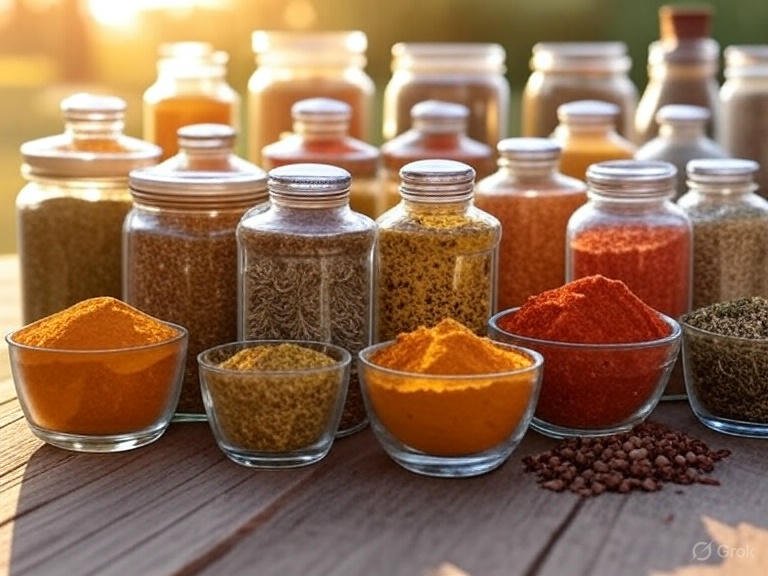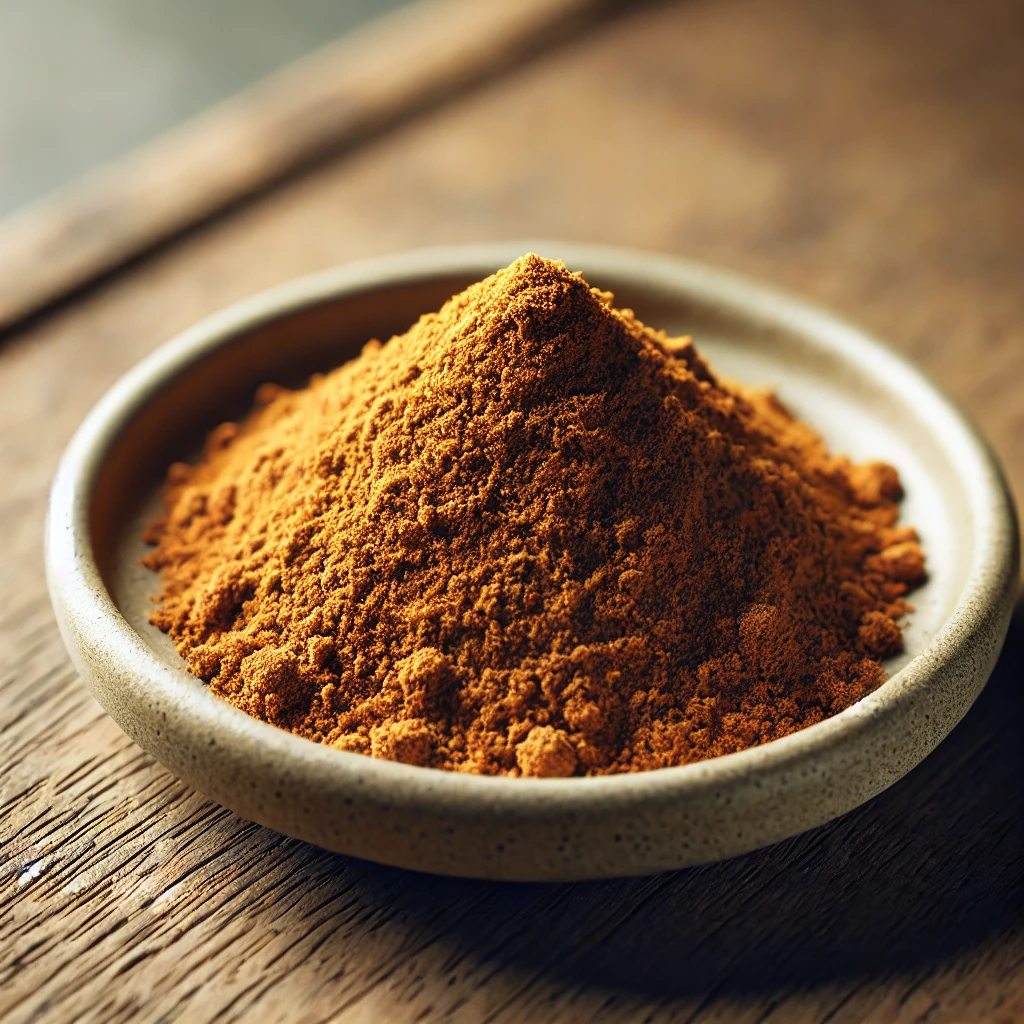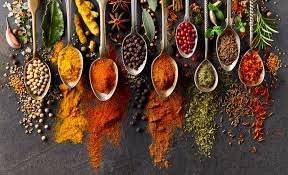Introduction to Homemade Spices and Herbs Seasonings
In a world where convenience often trumps tradition, the art of crafting homemade spices offers a refreshing return to the heart of kitchen creativity. These vibrant blends, made from scratch with care and intention, bring a burst of flavor to every dish while steering clear of the synthetic preservatives that dominate commercial spice racks. For home cooks and food enthusiasts alike, homemade spices represent more than just an ingredient. They embody a commitment to health, sustainability, and personalized taste. Unlike their store-bought counterparts, which may contain additives like sodium benzoate or BHT to extend shelf life, homemade spices allow you to harness the pure essence of nature’s finest herbs and spices, free from artificial interference.
The journey into making Homemade Spices begins with a simple yet profound choice: to take control of what graces your kitchen table. By grinding fresh whole spices, think aromatic cumin seeds, fiery chili flakes, or earthy turmeric, you unlock flavors that are bold, nuanced, and tailored to your palate. This process not only enhances the sensory experience of cooking but also aligns with a growing awareness of the potential health risks tied to preservatives, such as nitrites or endocrine disruptors found in processed blends. Whether you’re seasoning a hearty stew or sprinkling a pinch over roasted vegetables, your own spices made at home elevate your meals with authenticity and vitality that mass-produced options struggle to replicate.
Beyond the kitchen, the practice of creating homemade Spice seasonings fosters a deeper connection to food culture and heritage. It invites experimentation, encouraging you to blend unique combinations like a smoky paprika mix or a warming garam masala, passed down through generations or invented anew. This hands-on approach also supports sustainability by reducing reliance on packaged goods, minimizing waste, and promoting the use of locally sourced ingredients. As you embark on this flavorful adventure, you’ll discover that homemade spice blends are more than a cooking hack. They are a celebration of craftsmanship, health-conscious living, and the joy of savoring food in its most natural form.
This guide explores into the why and how of homemade spices and herbs, addressing common questions, exploring health benefits, and providing practical tips to get you started. Embrace the process, and let the aroma of freshly ground spices transform your culinary world.

Frequently Asked Questions
What are the common preservatives found in commercial spice blends?
Commercial spice blends often contain a range of preservatives to extend shelf life and maintain product quality. These include sodium benzoate, potassium sorbate, sulfites, calcium propionate, propylparaben, butylated hydroxyanisole (BHA), butylated hydroxytoluene (BHT), ethoxyquin, sodium nitrite, sodium erythorbate, ascorbic acid (Vitamin C), tocopherols (Vitamin E), citric acid, phosphoric acid, sodium diacetate, and ethylenediaminetetraacetic acid (EDTA). These additives prevent spoilage, inhibit microbial growth, and protect against oxidation, ensuring the spices remain stable during storage and transport. However, these preservatives can sometimes alter the flavor profile or cause health concerns for sensitive individuals. Homemade spices, on the other hand, provide a fresher, preservative-free alternative, allowing you to enjoy the pure, unadulterated flavors of herbs and spices while avoiding potential health risks associated with synthetic additives.
Why are preservatives used in spice blends?
Preservatives in commercial spice blends serve multiple purposes. Sodium benzoate and potassium sorbate, for instance, are highly effective at inhibiting the growth of bacteria, yeast, and molds, which can cause spoilage. BHA and BHT act as antioxidants, preventing the oxidation of fats and oils in spice blends, which can lead to rancidity and off-flavors. EDTA, a chelating agent, binds to metal ions that can catalyze oxidation, helping to preserve the color, texture, and appearance of the product. These additives ensure that commercial spices remain shelf-stable for months or even years, making them convenient for mass production and distribution. However, these preservatives can sometimes mask the natural vibrancy of spices, and some may pose health risks for certain individuals. By preparing homemade spices in small, fresh batches, you can eliminate the need for such additives, ensuring a purer flavor and potentially healthier option tailored to your preferences.
Are preservatives in spice blends safe to consume?
Most preservatives used in commercial spice blends are deemed safe within regulated limits by agencies like the U.S. Food and Drug Administration (FDA) or the European Food Safety Authority (EFSA). These organizations set strict guidelines on acceptable daily intake levels to minimize health risks. However, some individuals may experience sensitivities or allergic reactions to certain preservatives, such as benzoic acid or sulfites, which can cause symptoms like skin irritation, digestive discomfort, or respiratory issues. For example, sulfites are known to trigger asthma attacks in sensitive individuals. Additionally, long-term consumption of certain preservatives, even within approved limits, may raise concerns, as ongoing research continues to explore their cumulative effects. Opting for homemade spices allows you to bypass these additives entirely, giving you full control over the ingredients and ensuring a blend that aligns with your health needs and flavor preferences.
What are the potential health risks of preservatives in spice blends?
While preservatives in commercial spice blends are generally considered safe in small amounts, some studies and anecdotal evidence suggest potential health risks, particularly with prolonged exposure. These risks include:
- Chronic Diseases: Preservatives like BHA and BHT have been linked to an increased risk of cancer and cardiovascular issues in animal studies, though human data remains inconclusive. The International Agency for Research on Cancer (IARC) classifies BHA as a possible carcinogen, raising concerns about long-term consumption.
- Nutrient Absorption: Certain preservatives may interfere with the body’s ability to absorb essential nutrients from spices and other foods, potentially contributing to deficiencies over time.
- Liver and Kidney Strain: The liver and kidneys are responsible for metabolizing and excreting preservatives, and heavy consumption may place undue stress on these organs, potentially impairing their function.
- Harmful By-products: Some preservatives, particularly nitrites and nitrates, can interact with other compounds under certain conditions (e.g., high heat) to form potentially carcinogenic substances like nitrosamines.
- Antibiotic Resistance: Some preservatives share structural similarities with antibiotics, and there is concern that frequent exposure could contribute to antibiotic resistance, though more research is needed.
- Endocrine Disruption: Certain preservatives, such as propylparaben, may act as endocrine disruptors, potentially interfering with hormone regulation and leading to imbalances.
- Neurological Effects: Emerging studies suggest that some preservatives may be linked to neurological issues or cognitive impairments, particularly in vulnerable populations like children or the elderly.
By blending homemade spices, you can significantly reduce your exposure to these potential risks, crafting seasonings that are both flavorful and free of synthetic additives.
What are nitrites and nitrates in spice blends, and why are they concerning?
Nitrites and nitrates are chemical compounds commonly used as preservatives in processed meats, and occasionally in spice blends, to maintain color, prevent bacterial growth, and extend shelf life. Sodium nitrite, for example, helps preserve the vibrant red color of meats and inhibits the growth of harmful bacteria like Clostridium botulinum.
In spice blends, these compounds may be used to stabilize certain ingredients or enhance visual appeal. Unlike naturally occurring nitrates found in vegetables like spinach or beets, which are generally beneficial due to their conversion to nitric oxide in the body, excessive consumption of synthetic nitrites and nitrates in commercial spices can pose health risks. These include cardiovascular strain, asthma exacerbations, and the formation of nitrosamines, which are linked to stomach and colorectal cancers. Homemade spices allow you to avoid these additives, ensuring your blends are free from potentially harmful compounds and retain their natural nutritional benefits.
How do nitrites and nitrates in spices affect health?
The presence of nitrites and nitrates in spice blends can lead to several adverse health effects, particularly with frequent or excessive consumption:
- Cardiovascular Health: Excessive nitric oxide production from nitrites and nitrates can overburden the cardiovascular system, potentially increasing the risk of heart disease or hypertension.
- Oxygen Transport: High levels of nitrites can cause methemoglobinemia, a condition where hemoglobin’s ability to carry oxygen is impaired, leading to symptoms like shortness of breath, dizziness, fatigue, or even cyanosis in severe cases.
- Digestive Issues: Some individuals may experience gastrointestinal discomfort, such as stomach upset or diarrhea, after consuming foods containing these preservatives.
- Sensitivity Reactions: Allergic reactions, including rashes, itching, or respiratory difficulties, can occur in individuals sensitive to nitrites or nitrates.
- Fertility Concerns: Studies suggest that high nitrate intake may negatively affect male fertility by reducing sperm quality and motility.
- Nitrosamine Formation: When spices containing nitrites or nitrates are exposed to high heat (e.g., during cooking), they can form nitrosamines, which are known carcinogens linked to cancers of the stomach, colon, and other organs.
- Vulnerable Populations: Infants, pregnant women, and individuals with pre-existing health conditions, such as asthma or cardiovascular disease, are particularly susceptible to the negative effects of these preservatives.
Using homemade spices and seasonings eliminates the need for nitrites and nitrates, allowing you to create blends that are safer and tailored to your dietary needs.
Why should I choose homemade spices and herbs over commercial spice blends?
Homemade spices offer numerous advantages over commercial blends. First, they allow you to avoid preservatives like sodium benzoate, BHA, BHT, nitrites, and nitrates, which may pose health risks such as allergies, chronic diseases, or nutrient absorption issues. Second, homemade spice blends are fresher, as they can be made in small batches and used shortly after preparation, preserving their aroma, flavor, and nutritional content. Third, you have complete control over the ingredients, enabling you to customize blends to suit your taste preferences or dietary restrictions, such as low-sodium or allergen-free options. Finally, making your own spices can be cost-effective, as whole spices are often less expensive than pre-packaged blends and can be stored for longer periods without losing potency. By choosing homemade spices, you prioritize both health and flavor, creating blends that enhance your cooking without compromising your well-being.
How can I make informed choices about spice products?
To make informed choices about spice products, start by carefully reading labels and ingredient lists on commercial spice blends. Look for products with minimal or no added preservatives, artificial colors, or fillers like starches or sugars. Certifications such as organic or non-GMO can also indicate higher-quality products with fewer additives. However, the best way to ensure your spices are free from harmful preservatives is to make your own. Source fresh or dried whole spices, such as cumin seeds, coriander, or dried herbs, from reputable suppliers. Grind them as needed using a spice grinder or mortar and pestle to maximize freshness. Experiment with custom blends, such as a smoky barbecue mix or a fragrant curry powder, to suit your culinary needs. By preparing homemade spices, you can avoid compounds like nitrosamines or endocrine disruptors, ensuring a healthier and more flavorful cooking experience.
Are there long-term health concerns with preservatives in spices?
While preservatives in spices are approved for use in specific concentrations, their long-term effects remain a subject of ongoing research. Potential concerns include links to chronic diseases, such as cancer or cardiovascular issues, particularly with preservatives like BHA, BHT, or nitrites. Neurological effects, endocrine disruption, and impaired nutrient absorption are also areas of concern, especially for individuals with high exposure over time. For example, frequent consumption of foods containing nitrosamine-forming preservatives may increase cancer risk, while endocrine disruptors like propylparaben could contribute to hormonal imbalances. Vulnerable populations, such as children, pregnant women, or those with compromised liver or kidney function, may face heightened risks. Choosing homemade spices minimizes exposure to these preservatives, promoting long-term health and allowing you to enjoy the full nutritional benefits of spices without synthetic additives.
How can I start making homemade spices and herbs?
Starting to make homemade spices and herbs is simple and rewarding. Begin by sourcing high-quality whole spices or dried herbs, such as peppercorns, cumin seeds, coriander, cloves, cinnamon sticks, or dried oregano and thyme. Purchase from trusted suppliers to ensure freshness and purity. Invest in a spice grinder, coffee grinder (dedicated for spices), or a mortar and pestle for grinding whole spices into powders. Experiment with combinations to create custom blends, such as:
- Taco Seasoning: Combine ground cumin, coriander, paprika, chili powder, garlic powder, onion powder, and a pinch of oregano for a versatile Mexican-inspired blend.
- Pumpkin Pie Spice: Mix ground cinnamon, nutmeg, ginger, cloves, and allspice for a warm, sweet blend perfect for desserts or lattes.
- Curry Powder: Blend turmeric, coriander, cumin, fenugreek, cardamom, and a touch of chili powder for a fragrant, customizable curry mix.
Grind only what you need for immediate use to preserve freshness, and store whole spices in airtight containers in a cool, dry, dark place to maintain their potency for up to a year. Label your blends with the date of preparation to track freshness. Start with small batches to experiment with flavors, and adjust ratios to suit your taste. Not only does this approach yield fresher, more vibrant spices, but it also allows you to avoid preservatives and tailor blends to your dietary preferences, such as low-sodium or allergen-free options.
How can I ensure the quality of homemade spices?
To ensure the quality of homemade spice blends, follow these best practices:
- Source Quality Ingredients: Purchase whole spices from reputable suppliers, preferably organic, to ensure they are free from contaminants or irradiation. Check for vibrant colors and strong aromas as indicators of freshness.
- Proper Storage: Store whole spices in airtight glass containers away from heat, light, and moisture to preserve their flavor and potency. Ground spices lose flavor more quickly, so use them within a few months.
- Grind Fresh: Grind spices just before use to maximize flavor and nutritional content. Whole spices retain their essential oils longer than pre-ground versions.
- Hygiene: Clean your spice grinder or mortar and pestle thoroughly between uses to prevent cross-contamination of flavors or allergens.
- Experiment Thoughtfully: When creating blends, start with small quantities and taste-test to achieve the desired flavor profile. Keep notes on your recipes for consistency.
By following these steps, you can create high-quality homemade spices and herbs that elevate your cooking while avoiding the preservatives and potential health risks associated with commercial blends.



